Can Plants *Really* Dehumidify Your Bathroom? Here’s the Honest Truth
I’ve been deep in the world of houseplants for what feels like a lifetime. It started in commercial greenhouses, and now I spend my days helping regular folks bring more green into their homes and offices. And honestly, one of the biggest questions I get is about humidity. People see a blog post and suddenly hope a few ferns can replace that loud, clunky dehumidifier in the corner.
In this article
So let’s get this out of the way right now: The answer is no.
I want to be crystal clear about this. Houseplants are not a magic fix for a serious moisture problem. If you’re seeing condensation dripping down your windows, smelling that tell-tale musty odor, or spotting actual mold, a plant is not the answer. Those are red flags for bigger issues like bad ventilation or even a hidden leak. That’s when you need to call in the pros, like an HVAC specialist.
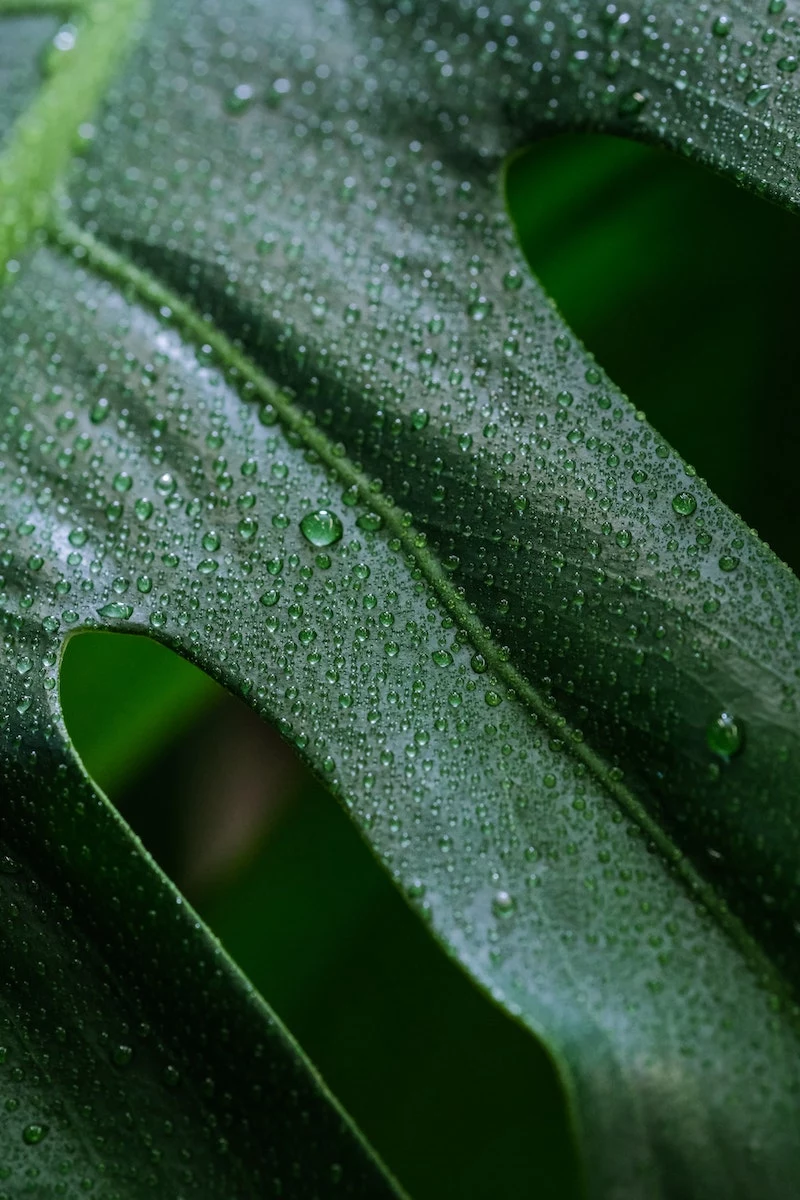
But that doesn’t mean plants are useless! They absolutely have a role to play. They thrive in rooms that are just a bit naturally damp—think bathrooms with a window, laundry rooms, or kitchens. In these spots, the right plants can help balance the environment in their own little corner of the world. Understanding how they really work is the key to using them right and not being disappointed.
So, How Do Plants Actually Deal with Humidity?
You’ve probably read that plants “absorb” humidity from the air. It’s a popular myth, but it’s not quite right. Knowing what’s really going on will save you a ton of guesswork and probably a few dead plants.
The Real Deal: It’s Called Transpiration
Here’s the simple version: plants drink water through their roots, pull it up through their stems, and then release it as water vapor through tiny pores in their leaves. It’s called transpiration. So, most plants are actually adding a little bit of humidity to the air, like tiny, gentle humidifiers.
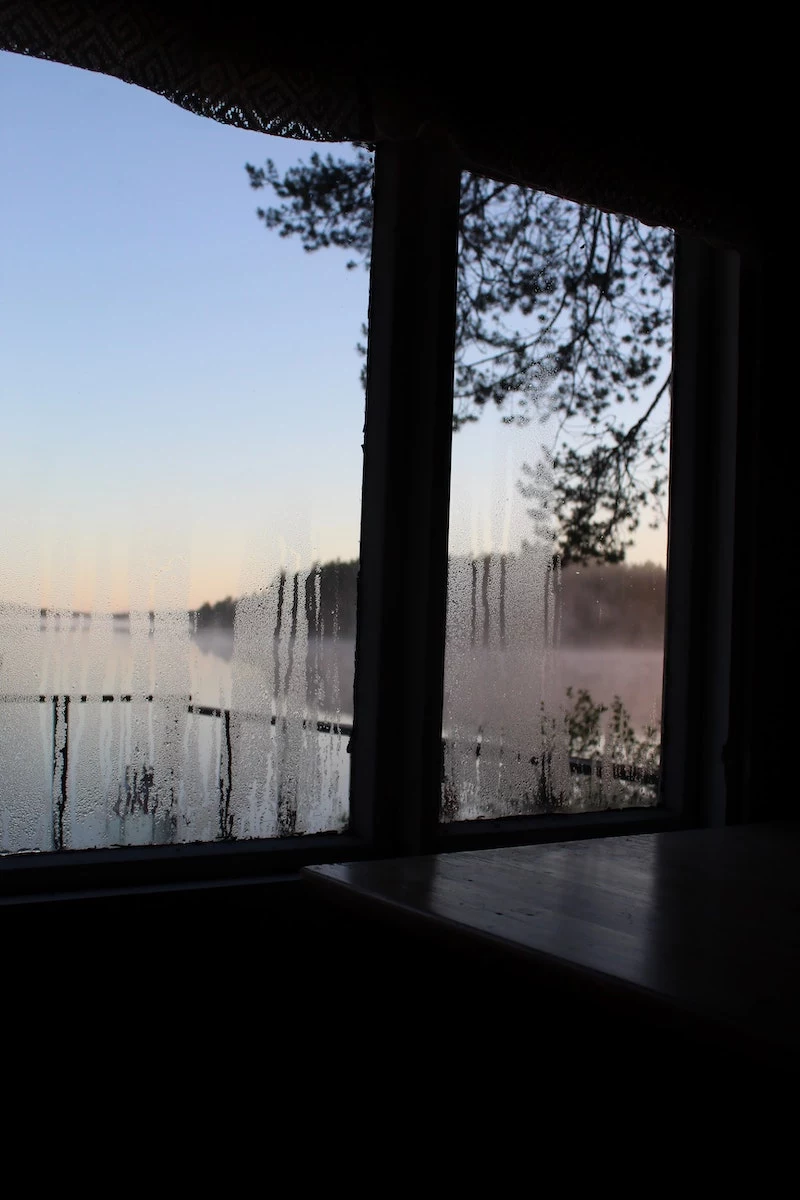
So how in the world does that help in a damp room? The benefit is indirect but clever. In a humid room, the potting soil can stay wet for a long time, becoming a breeding ground for annoying fungus gnats or, even worse, root rot. A healthy, thirsty plant actively pulls that excess water out of the soil, keeping it from becoming a soggy mess. The soil acts like a sponge, and the plant is constantly wringing it out. That’s the real magic.
The Exception: Epiphytes
By the way, there is a cool group of plants called epiphytes. In the wild, they grow on other things like tree branches instead of in the dirt. Orchids and air plants are the most common ones you’ll see. Their roots and leaves are designed to grab moisture right from the humid air. But let’s be real, the amount they absorb is tiny. A single air plant won’t dehumidify your bathroom, but it will be perfectly happy living there.
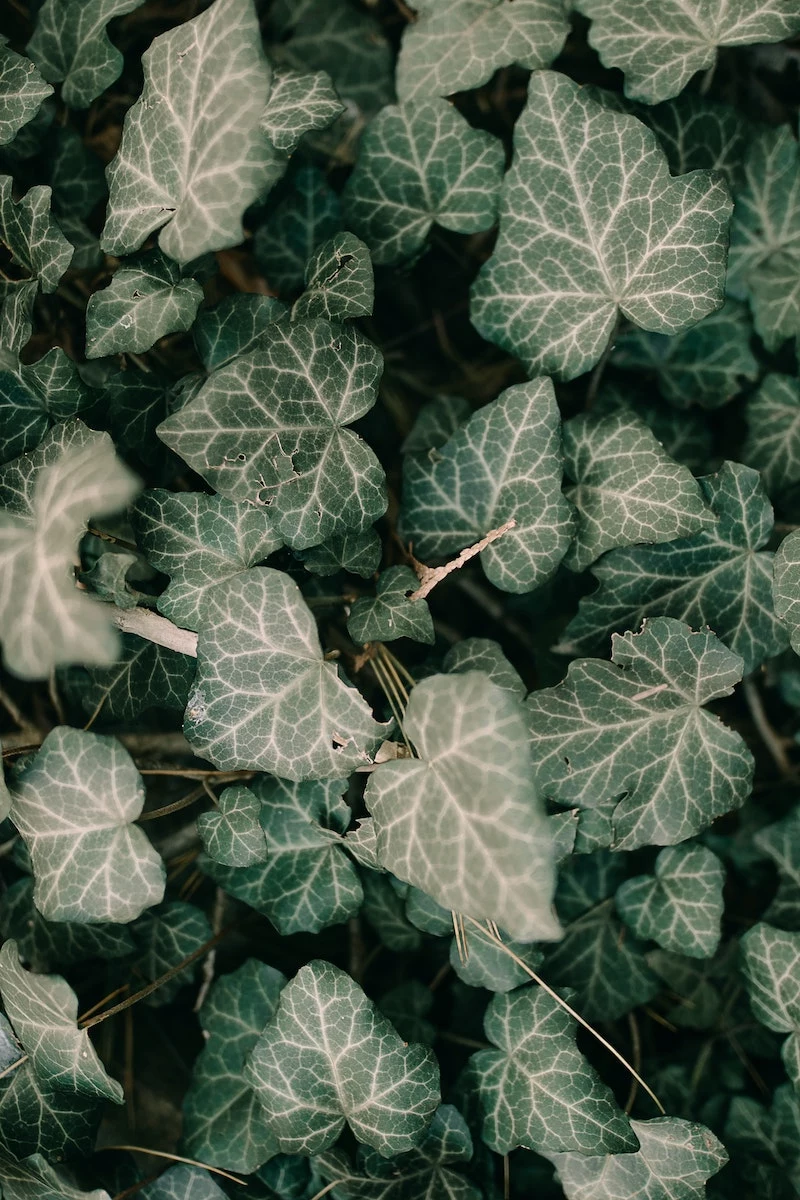
Setting Realistic Goals: Plants vs. Dehumidifiers
I once had a client who put about a dozen small ferns in a damp basement, expecting a miracle. He was so let down when the musty smell stuck around. The problem wasn’t the ferns; it was the expectation. Turns out, he had a slow foundation leak that no amount of foliage could ever fix.
A small dehumidifier can pull pints of water from the air in a single day. A medium-sized fern might use a cup or two of water from its soil over several days. The scale isn’t even comparable. A dehumidifier is a machine built for one job; a plant is a living part of your home’s ecosystem.
The best strategy? Use them together. Run a dehumidifier to get the humidity down to a healthy level (ideally between 30% and 50%). You can grab a digital hygrometer online or at a hardware store for about $10-$20 to take the guesswork out of it. Once you’re in that healthy range, your plants can help buffer the minor swings while looking beautiful.

Know When to Get Help
Your own senses are your best tool. Don’t use a plant to cover up a real problem. Call a professional if you notice:
- Visible Mold or Mildew: Black, green, or white fuzzy stuff on walls or ceilings is a major warning.
- A Persistent Musty Smell: That’s the scent of mold, even if you can’t see it.
- Constant Condensation: If your windows are frequently wet, the humidity is way too high.
- Peeling Paint or Wallpaper: This means moisture is getting into your walls.
The Best Plants for Rooms That Get Steamy
Okay, with expectations in check, let’s talk about the fun part—the plants! I don’t call them “dehumidifying plants.” I call them “humidity-loving plants.” They are the ones that will truly flourish in your bathroom or kitchen.
1. Peace Lily
This is a fantastic beginner plant. It’s tough, elegant, and tells you exactly when it’s thirsty by dramatically drooping its leaves.
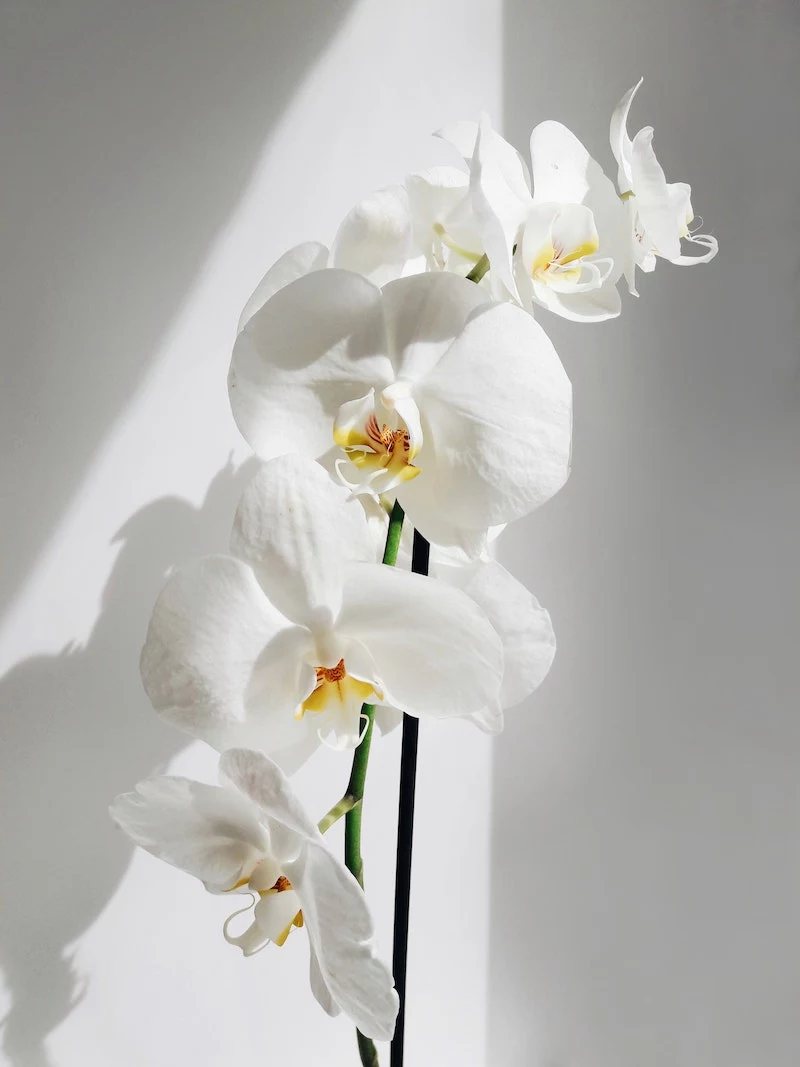
- How It Helps: It’s a thirsty plant with big leaves, so it’s great at pulling moisture from its soil.
- Pro Care Tips: It loves bright, indirect light but is famously tolerant of lower-light spots, making it ideal for bathrooms. For a standard 6-inch pot, I use a mix of about 3 parts regular potting soil and 1 part perlite to keep it from getting waterlogged. Water it well when the top inch of soil is dry.
- Good to know: If you get brown leaf tips, it might be from the chlorine in your tap water. Let your water sit out overnight before using it.
- Heads up! Peace Lilies are toxic to cats and dogs, so keep them on a high shelf or in a pet-free room.
- Rough Cost: $15 – $30 for a healthy, medium-sized plant.
2. Boston Fern
A classic for a reason! A big, lush Boston Fern just makes a room feel fresh. They look amazing in hanging baskets.
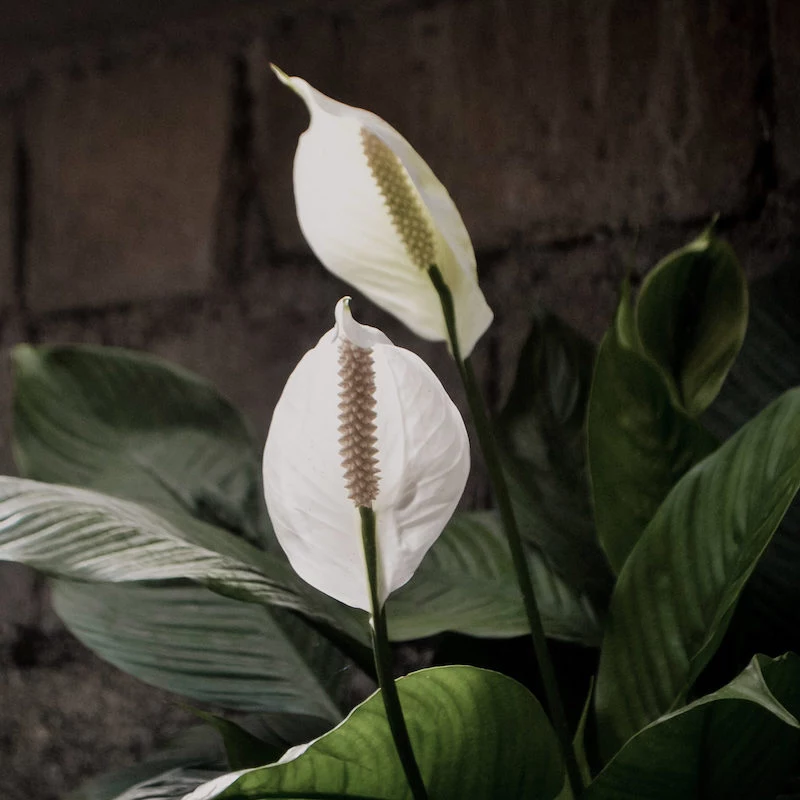
- How It Helps: These guys crave humidity and consistently moist soil, so they’re a perfect match for a steamy bathroom. A larger, more established fern will have a more robust root system, making it more effective at drawing water from the soil.
- Pro Care Tips: The key is consistency. Don’t let the soil dry out completely, or you’ll get crispy, sad-looking fronds. Bright, indirect light is its friend.
- Good to know: It’s completely non-toxic to pets and kids, making it a worry-free choice.
- Rough Cost: $15 – $40, depending on size.
3. Orchid (Moth Orchid)
Orchids look so delicate, but they’re surprisingly tough. They’re epiphytes, and they love the high humidity of a bathroom because it feels like their native tropical home.
- How It Helps: They won’t dry out your room, but they will be incredibly happy living in it, absorbing a bit of moisture through their unique, silvery roots.
- Pro Care Tips: NEVER plant an orchid in regular soil. Their roots need air. Use a special orchid mix (mostly bark chips), which you can get for about $8-$12 a bag. Water it once a week by running lukewarm water through the pot for a minute and letting it drain completely.
- Good to know: Most common orchids are non-toxic to pets.
- Rough Cost: You can often find them for $20 – $40 at grocery or home improvement stores.
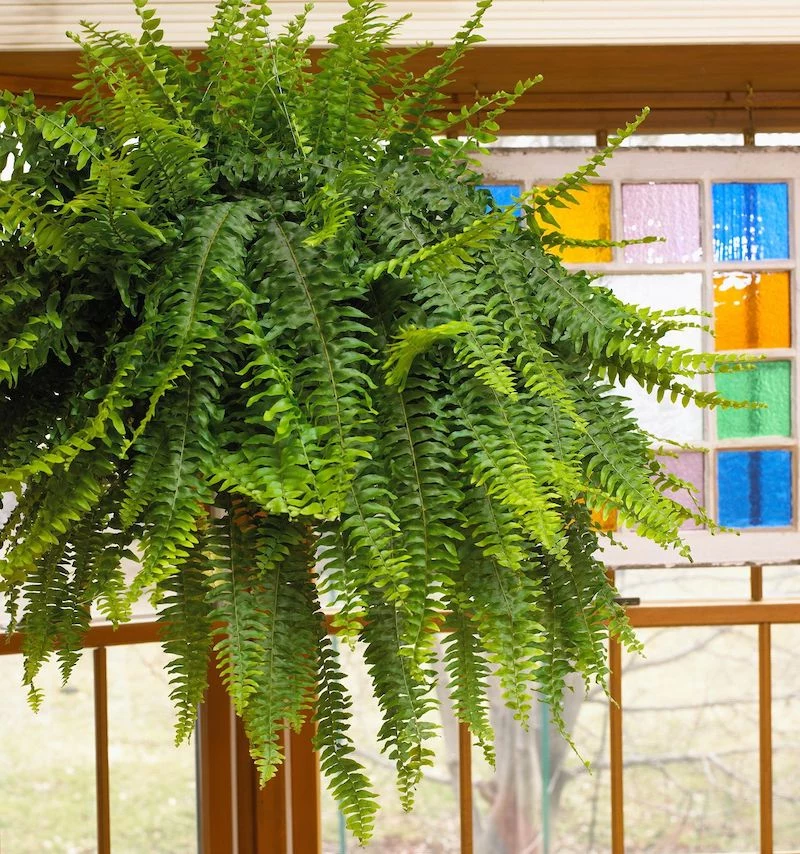
4. Spider Plant
This is one of the most forgiving plants on the planet. They’re super easy to grow and even make little baby plants (“spiderettes”) that you can pot and share.
- How It Helps: They have thick, fleshy roots that store water, so they are great at preventing soil from getting too soggy.
- Pro Care Tips: They are not fussy at all. Bright, indirect light is great, but they’ll manage in lower light, too. Perfect for a hanging basket in the kitchen.
- Good to know: Spider Plants are non-toxic and a safe bet for homes with pets and kids.
- Rough Cost: Usually a bargain, often $10 – $20.
5. Air Plants
These fascinating plants don’t need any soil at all. Think of them as living art that happens to love humidity.
- How It Helps: They pull all their moisture from the air. A humid bathroom is heaven for them, and it means you’ll have to water them less often.
- Pro Care Tips: Even in a steamy room, give them a good 20-minute soak in a bowl of water every week or two. Afterward, shake them out gently and let them dry upside down for a bit to prevent rot.
- Good to know: They are non-toxic to pets.
- Rough Cost: Varies widely, from $5 for a tiny one to $30+ for a large, impressive specimen.
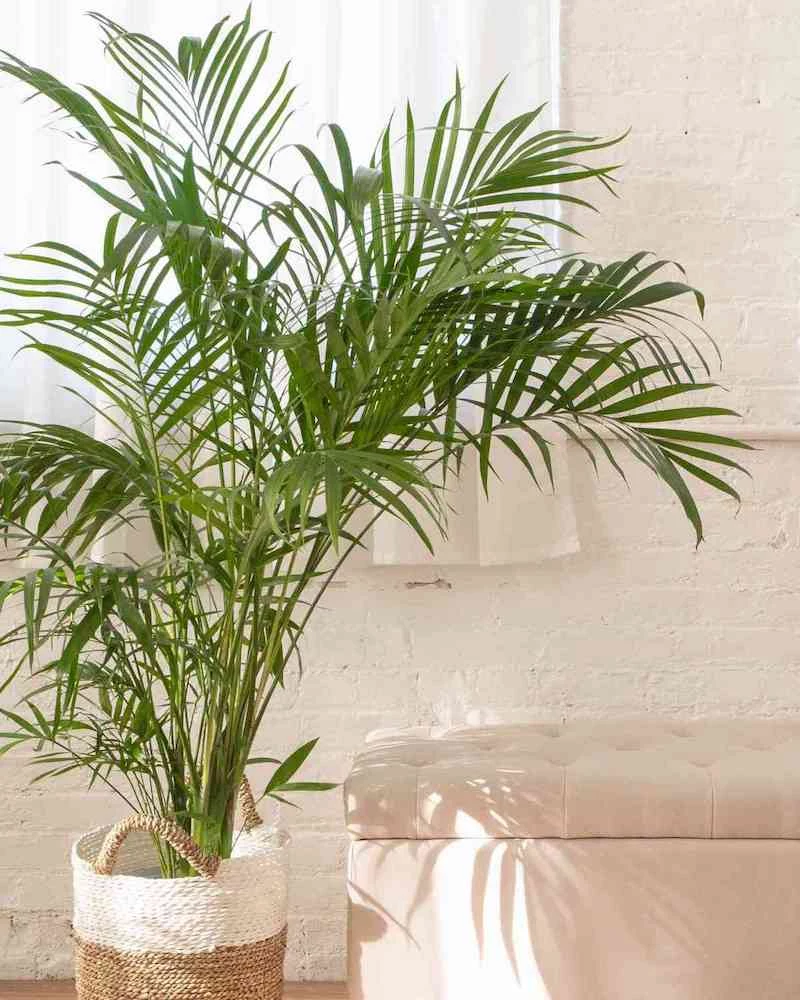
Your Beginner’s Guide to a Happy Bathroom Plant
Feeling overwhelmed? Don’t be. Getting started is easier and cheaper than you think.
The Potting Secret Every Pro Knows
Here’s a lesser-known trick that solves so many problems. You see a beautiful decorative pot, but it has no drainage hole. Don’t plant directly in it! Instead, keep your plant in its cheap plastic nursery pot (the one with all the holes). Then, just place that plastic pot inside your pretty decorative pot. It’s called a cachepot. When you water, you can take the inner pot out, let it drain completely in the sink, and then pop it back. This is the single best way to prevent root rot.
Your First Bathroom Plant Kit
If you’re starting from absolute scratch, a shopping trip is simple. Grab a forgiving Spider Plant (about $15). You’ll need a small bag of all-purpose potting soil (around $5) and a nice 6-inch pot with a drainage hole or a decorative cachepot (maybe $15-$20). That’s it! You’re fully set up for under $40.
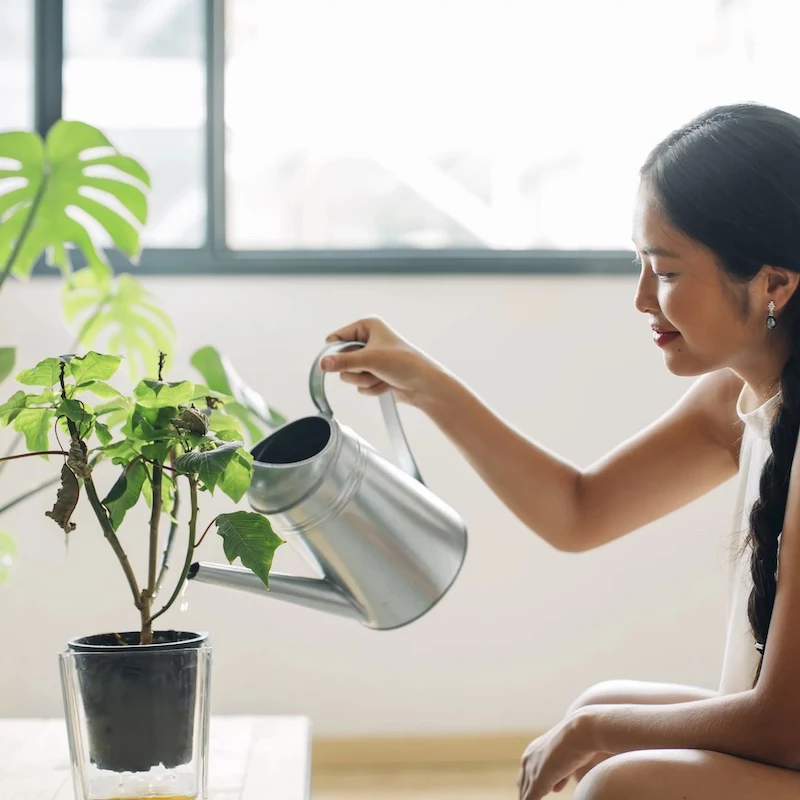
What About a Windowless Bathroom?
Ah, the eternal question. To be frank, no plant can survive long-term in a room with zero natural light. But you have two great options. You can either rotate your plant, swapping it with one in a sunny spot every week or two. Or, you can simply swap out the lightbulb in an existing fixture for a full-spectrum LED grow light bulb. They look like normal bulbs and make a world of difference.
A Final Word of Advice
My main goal is to give you sound, safe advice. Plants are amazing, but they aren’t a cure-all.
I have to say it one more time: if you think you have a mold problem, please call a specialist. Covering it up won’t make it go away and could impact your health.
And always, always check if a plant is toxic before bringing it home if you have curious pets or small children. A quick search of the ASPCA’s plant database online can prevent a very stressful situation. It’s a simple step that’s always worth it.
Working with plants teaches you about patience and balance. They’re a partner in creating a healthy, beautiful home—not a quick fix. If you understand what they can (and can’t) do, you’ll set yourself up for a rewarding experience. And that’s a pretty great goal to have.
Inspirational Gallery
The Boston Fern, a bathroom classic, originated in the humid forests and swamps of South and Central America, which is why it feels right at home amidst the steam from your shower.
While the air in your bathroom is humid, the soil is another story. The number one mistake is still overwatering. Before you even think about grabbing the watering can, press a finger an inch deep into the soil. If you feel any moisture, wait. A plant like a Peace Lily will even tell you when it’s thirsty with a dramatic droop, perking right back up after a drink.
My bathroom has zero natural light. Is a real plant totally out of the question?
Almost, but not quite. While most humidity-loving plants like ferns need bright, indirect light, the ZZ Plant (Zamioculcas zamiifolia) and Cast Iron Plant are champions of low-light survival. They won’t thrive or grow quickly, but they will tolerate the conditions. For best results, consider rotating them with a plant from a sunnier room every few weeks to give them a chance to recharge.
- Creates a lush, spa-like atmosphere.
- Thrives in the ambient moisture from your shower.
- Can improve the room’s scent naturally.
The secret? Hang a bundle of fresh eucalyptus from your showerhead. The steam activates the oils in the leaves, releasing a therapeutic, sinus-clearing aroma every time you turn on the water. Replace the bundle every 2-3 weeks for the best effect.
Important point: Good airflow is as crucial as humidity. A stuffy, damp room is a breeding ground for mildew on your walls and fungal issues on your plants. Even just cracking a window for 15 minutes after a shower or ensuring your extractor fan is working properly makes a huge difference for both your home and your green companions.
For a bathroom setting, the right potting soil is non-negotiable. Don’t just use any standard mix. Create a custom blend that promotes drainage and aeration to counteract the constant dampness. A great starting point is a quality indoor potting mix, like Miracle-Gro Indoor, amended with a handful of perlite and orchid bark. This chunky mix allows water to pass through freely, keeping roots healthy and fungus gnats at bay.
Terracotta Pots: These classic clay pots are porous, meaning they allow water and air to pass through. In a humid bathroom, this is a major advantage, as it helps the soil dry out more evenly and prevents the dreaded root rot.
Glazed Ceramic or Plastic Pots: These are non-porous and hold moisture for much longer. While beautiful, they can be a risky choice in a bathroom unless you are extremely careful not to overwater. They are better suited for plants that need to stay consistently moist.
For beginners, terracotta is the safer and more forgiving choice for a bathroom environment.
A 2021 study on the psychological benefits of houseplants found that simply having plants in a room can reduce physiological and psychological stress.
So, while your Calathea isn’t going to solve a damp problem, the daily ritual of seeing its vibrant leaves and caring for it can genuinely boost your mood. The lush, green aesthetic transforms a purely functional space into a personal sanctuary, and that’s a benefit you can feel.
Beyond just placing a pot on the windowsill, think vertically to create a truly immersive green space. A few ideas that work beautifully in a bathroom’s unique environment:
- Hanging Baskets: Use moisture-loving trailing plants like Golden Pothos or String of Nickels. They draw the eye upward and keep surfaces clear.
- Suction Cup Shelves: Small, lightweight shelves that stick to tile are perfect for holding tiny pots of air plants (Tillandsia) which need no soil at all.
- Wall-Mounted Planters: Arrange several small planters in a grid pattern to create a living wall effect, turning a plain wall into a piece of art.










